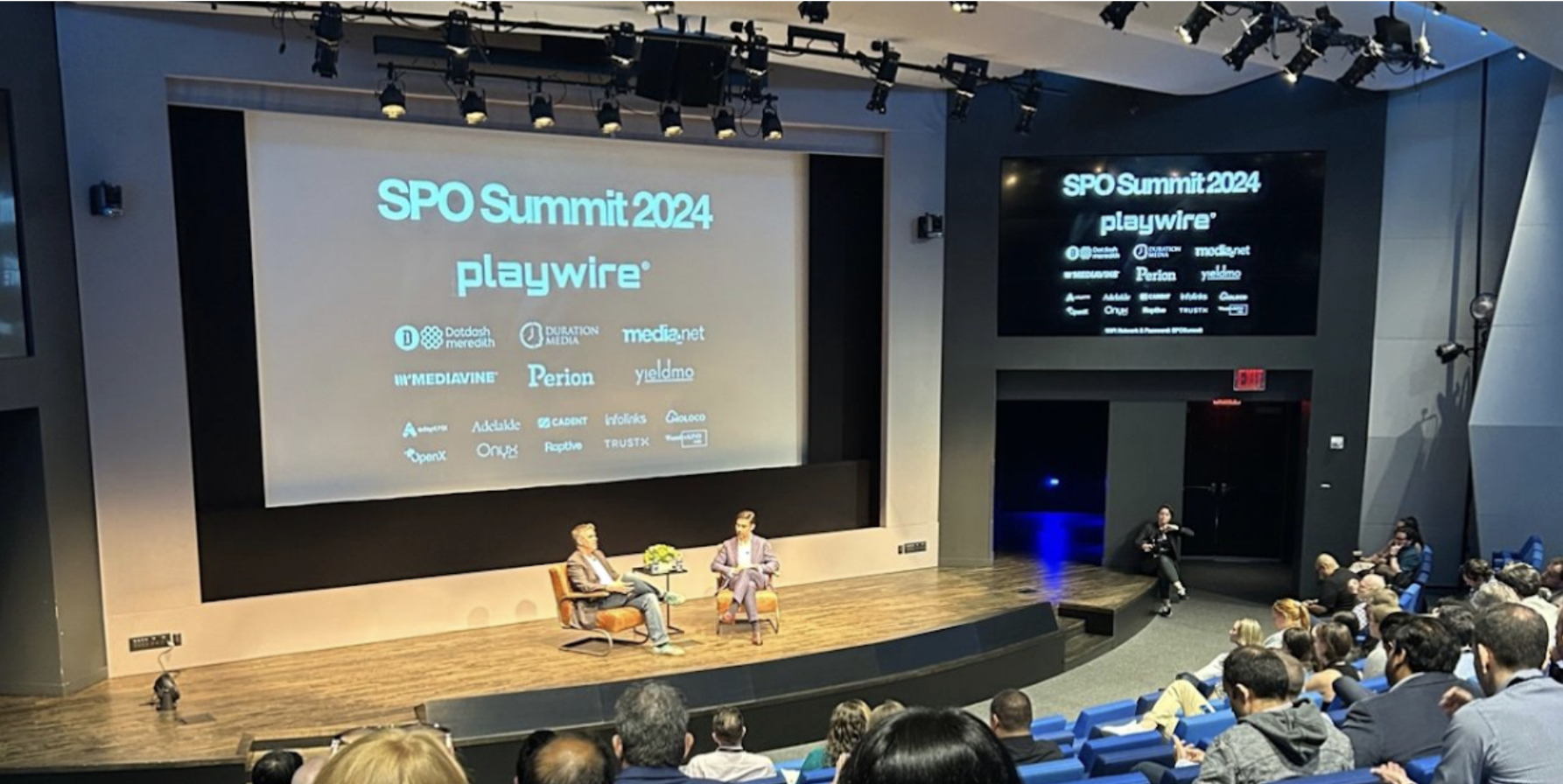
Supply Path Optimization (SPO) has emerged as a critical focus in the programmatic advertising industry. The drive for greater transparency, efficiency, and performance has elevated SPO to a pivotal role, making it an essential strategy for organizations aiming to overcome barriers to success.
Given the complexities involved, it’s understandable that many publishers struggled to keep pace with the rapid evolution of SPO—and Valnet was no exception.
Our Commitment To Advertiser Success
Valnet has always been committed to providing a transparent and efficient path for advertisers to access our inventory and enhancing value for both advertisers and publishers. However, achieving this transparency and efficiency is complex and challenging, particularly when striving to do so without compromising performance.

As the Head of Monetization for Valnet, I struggled to find the right way to approach this challenge. I spent countless hours brainstorming ideas with my Ad Operations team and researching solutions. But we needed to commit to a solution quickly and start progressing in the right direction. Ultimately, we sought guidance from Chris Kane and the team at Jounce Media, who were more than happy to provide us with the data we needed to move forward confidently.
Understanding Supply and Demand
Understanding how to optimize our ad stack required a deep comprehension of what is happening within the programmatic auction space. Jounce’s dashboard has provided us with valuable information. Below, I’ve highlighted the various options we’ve used to examine our inventory and provided a brief explanation for why each of these important variables need to be closely examined and monitored.
Examining our supply path performance at the Valnet level would only provide my ad ops team with a siloed view from our own Demand-Side Platform (DSP) and Supply-Side Platform (SSP) partners. Having access to the performance of the top 1,000 largest programmatic sellers allows us to benchmark our sites against others.

When we started to optimize the supply path, we needed to understand the size and impact of our domains for SSP/Demand. These metrics allow us to know how many bid requests our domains capture. Ultimately, we don’t want to lose bids while simultaneously improving the premium value of our ads.
We also need to understand how much demand we are able to generate compared to the share of supply. This allows us to see the “value” of our domains, the competitiveness of our inventory, and ultimately, how advertisers view and value our inventory.
For SSP/Demand, the Share of Demand shows how much revenue is generated compared to how many requests have been captured.
Using this information, Jounce Media has helped us create a demand score that provided us with invaluable insights into strengthening our inventory.
Metrics, Metrics, Metrics
We also looked at the percentage of RTB bid requests versus DSP spend. This straightforward metric allows Valnet to determine how many requests we are sending compared to other pubs. Ultimately, we want to reduce our requests, in turn reducing our ad serving costs while simultaneously providing a less convoluted environment which then allows our ad partners to understand our ecosystem.
Similar to the share of demand, this metric reflects the value of our inventory. It is closely related to the percentage of bid requests; if we receive a high percentage of bid requests but aren’t capturing an appropriate amount of DSP spend, it suggests there may be an issue.
This measurement is very important, as it tells us if our bid requests are low quality. This may suggest that we are spamming requests and refreshing too frequently. Ultimately, it can inform us if our advertiser value is low.
Jounce’s Proprietary Classification System
The Jounce classification system helps us evaluate the direct spend we’re capturing compared to the reseller and saturated demand. As we further explore SPO, this system will enable us to concentrate on eliminating those who rebroadcast the auction, allowing us to make our inventory accessible directly to high-quality demand. This will enhance the premium nature of our inventory, as it will only be available through top-tier SSPs.

Our Wins So Far
With access to Jounce Media’s data points, such as the percentage of RTB bid requests and the percentage of captured DSP spend, we were able to enact changes to our publications. One of them being Simple Flying.
The ads.txt file underwent significant changes, with the removal of most reseller lines, resulting in nearly a 70% decrease in the total number of lines. SSPs must now access Valnet’s inventory through direct integration with us. As a result, Valnet’s premium direct inventory has increased from 40% to 90%.
Valnet is still not quite where we want it to be regarding Supply Path Optimization, however, in 2024 we took necessary steps in the right direction.
